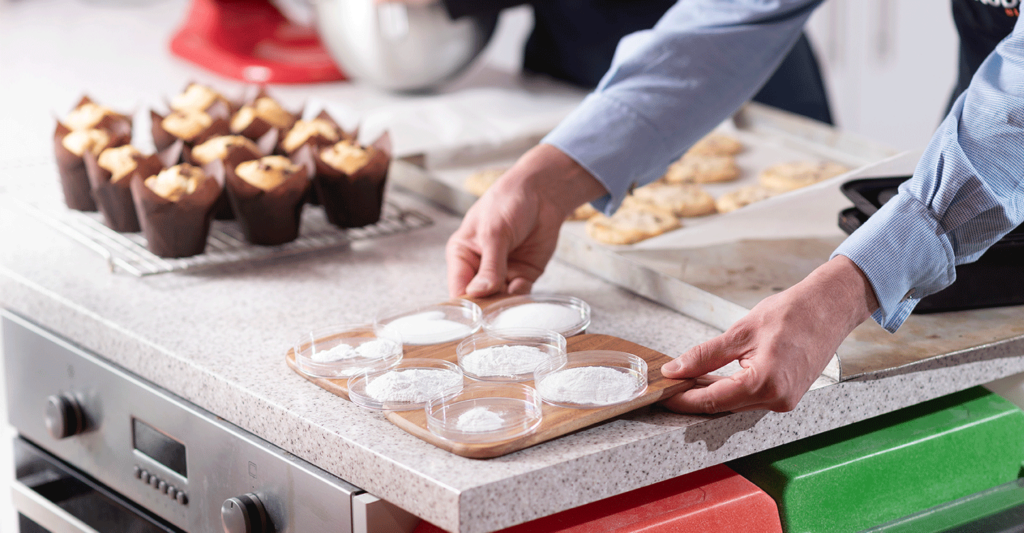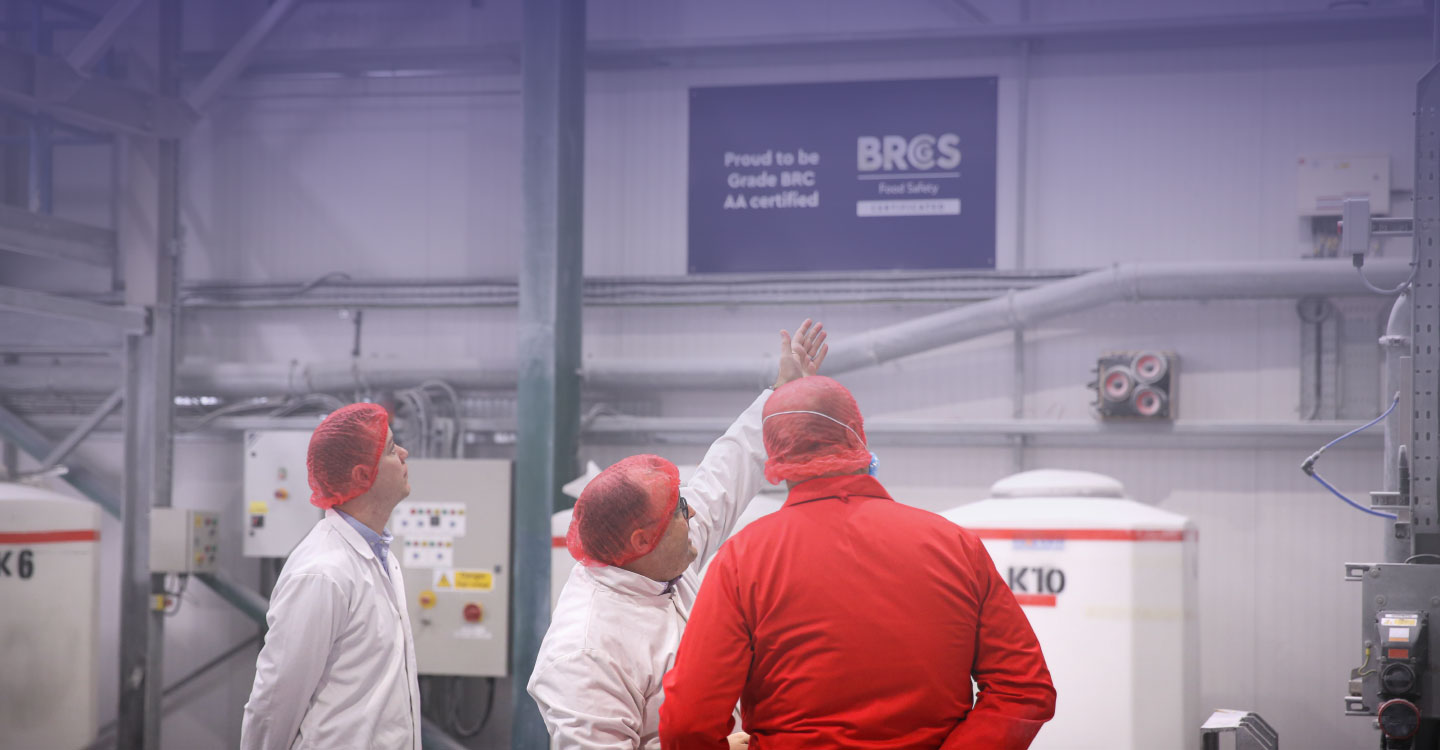The history of baking powder unfolds with key moments in the world of culinary science. Over the years, baking powder technology has evolved with different variations such as, single-acting to double-acting and enhancing leavening efficiency. Today, baking powder is a staple in manufacturing and home kitchens globally, shaped by a history of chemistry, innovation, and culinary practice.
The introduction of sodium bicarbonate to the market kick started the race to develop the first baking powder back in the early 1800s with the British, Germans and Americans all hoping to be the first to launch a commercially viable product.
1790
Samuel Hopkins
Pearlash (Potassium Carbonate) mixed with an acid was the precursor to baking powder. A manufacturing process, developed by Samuel Hopkins, was the first patent granted by the US.
1840’s
Albert J Bird
Albert Bird (yes, the man that we all have to thank for Bird’s Custard Powder) developed the first true baking powder, created so his wife could still eat bread (she was allergic to yeast and eggs). Rather than using muriatic acid (now commonly known as hydrochloric acid) which was both impractical and dangerous, Bird used tartaric acid in combination with baking soda.
1850’s
Double acting
Eben Norton Horsford created the first double-acting baking powder; calcium phosphate was extracted from bone and combined with starch and baking soda – fortunately all baking powder is now suitable for vegetarians and vegans!
1859
Horsford continues…
Horsford used powdered monocalcium phosphate (MCP), which he had patented in 1856. In this early form of baking powder, the MCP and soda were wrapped individually, later being blended with cornstarch to be sold as Rumford Baking Powder.
1860’s
Hoagland Brothers
Royal Baking Powder was developed by Joseph C. Hoagland and his brother Cornelius. This single action baking powder contained cream of tartar (potassium bitartrate), baking soda and starch.
1880’s
Aluminium Phosphate
William Monroe Wright and George Campbell-Rew developed the first Alum (aluminium phosphate) based baking powder. This was in direct competition to Royal Baking Powder.
1893
Dr.Oetker
In 1893 in Germany, pharmacist Dr.Oetker launched his own baking powder into the domestic market; the brand is still widely available today and remains a popular choice for home bakers.
1940’s
SAPP
The first sodium acid pyrophosphate (SAPP) based blend was developed in the 1940’s by Byron H. Smith. This was to replace cream of tartar due to shortages throughout WWII.
2000’s
Developments
Specialised blends to optimise end product quality and improve shelf life, including gluten free, process tolerant, low sodium, encapsulated and organic compliant baking powders.
2020’s
Going forward
A revolutionary range of patent-pending leavening agents, which utilise novel ingredients to provide solutions to the needs of modern bakers, such as phosphate free baking, SALP replacement and unparalleled shelf life improvement.










